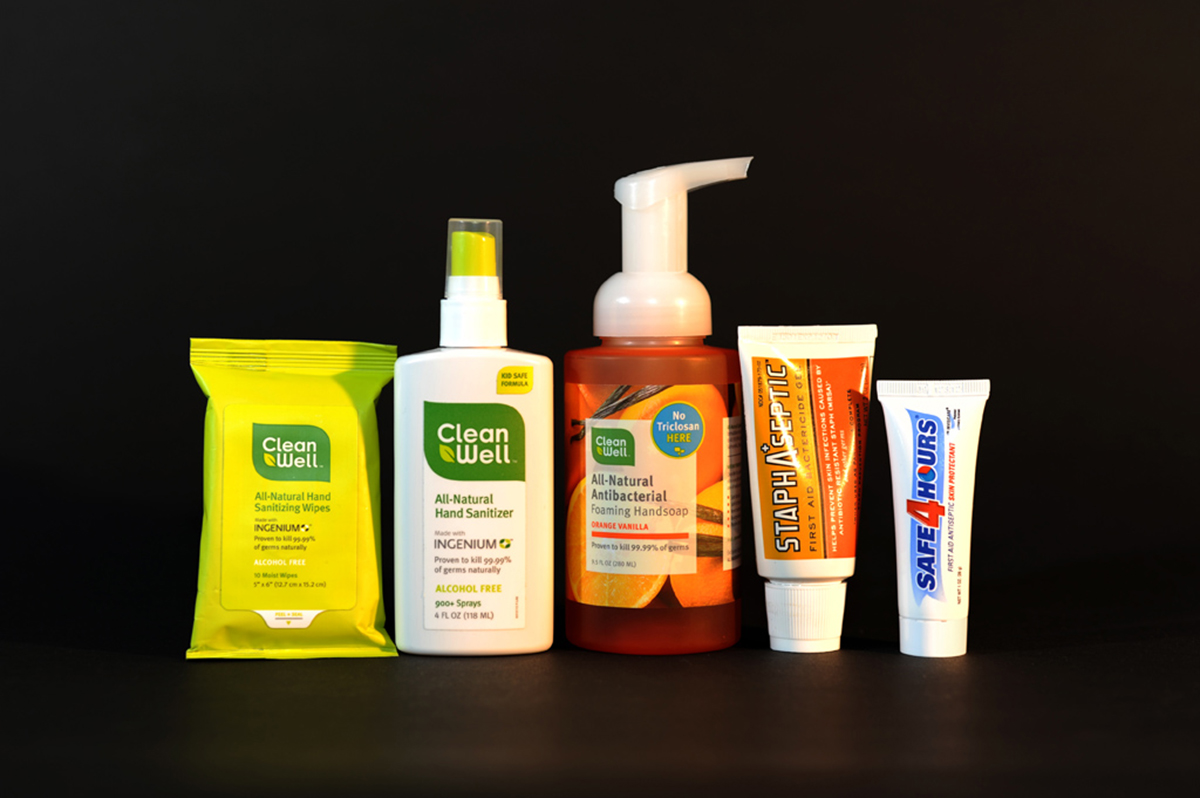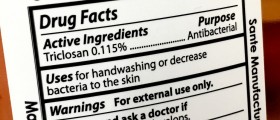
Introduction
It is always better to prevent any chemical or biological contamination than to cure once it already occurs. There are certain methods of hand washing which are among the key factors when it comes to good prevention from contamination. It is of utmost essence in the prevention of numerous contagious illnesses and diseases. Proper hand washing techniques are crucial in all hospitals, because all the nurses, doctors and surgeons are constantly in contact with many infected patients. Recent outbreaks of bird flu, swine flu and similar dreaded infections has made the hand sanitizers become very important items which can be found in virtually every household in the world. In spite of their popularity, hand sanitizers are the subject of numerous debates about the safety of certain ingredients which can be found in some of these products.
Liquid Hand Sanitizer Ingredients
Hand sanitizers are basically a liquid form of soap, which are designed to be applied to the hands and they usually have a very distinct fragrance. Among the most important ingredients of all hand sanitizers is water. Different brands of hand sanitizers normally use different ingredients.
When the glycerin is in its purest form, it is actually alcohol, and it is then referred to as glycerol. Its concentration commonly gets modified for use in different types of pharmaceutical and cosmetic products, and then it becomes glycerin. It is a sweet tasting, odorless thick liquid which becomes a thick paste when frozen. It can be dissolved in alcohol and water but it cannot be dissolved in oils. It softens and moisturizes the skin, mostly due to its hygroscopic nature. Hygroscopic nature actually means that it is able to absorb the water from the air. Ethyl alcohol is the main ingredient of most hand sanitizers. It can also be used for medicines, colorings, flavorings, scents and as a drinking alcohol. It does not have a color and it is very flammable. The usage of ethanol is restricted to a certain degree by the FDA. It can be substituted by certain other substances when it comes to the production of hand sanitizers. Those include tocopheryl acetate, aminomethyl propanol, tocopheryl acetate, propylene glycol, Isopropyl myristate.
Carbomer is also commonly used in most types of hand sanitizers in order to increase the thickness of the sanitizer itself. Fragrances may also be added in order to provide the hand sanitizers with a pleasant odor or scent. Scented hand sanitizers provide a sense of freshness.

















Your thoughts on this
Loading...